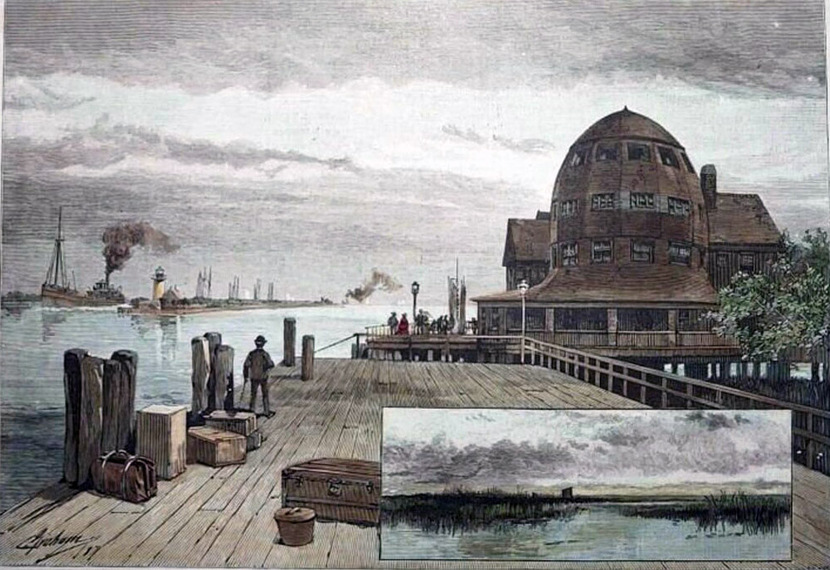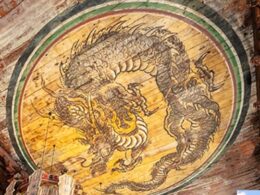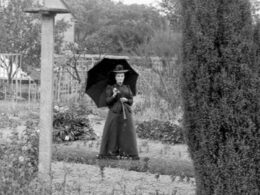Constance Fenimore Woolson (1840–1894)
From Constance Fenimore Woolson: Collected Stories

Over the course of her career, Constance Fenimore Woolson changed the setting of her stories as she moved from one location to another: from the Great Lakes region to North Carolina and Florida to London to Italy.
“Ah well, Sam,” she wrote to her nephew from Italy in late 1886, “I used to tell you stories; & now, in my old age, I have arrived at the land of stories. Nevertheless the St Clair Flats was (once) as beautiful & weird as anything here.” She had just subleased an apartment on a hill overlooking Florence, yet she was recalling a favorite spot when she was growing up: the grassy marshes of the Flats north of Detroit on the shore of Lake St. Clair—the location for one of her finest stories.
A decade earlier she had written to this same nephew after he told her about his fondness for that story: “I have all along cherished a special regard for ‘St Clair Flats,’ and have felt troubled because no one else seemed to care for the poor thing. Now here comes along a young man, for whose literary taste I have a sincere respect, and this delightful young man picks out my poor neglected sketch for especial commendation!” She was somewhat modest in her assessment of that story, however; none other than Atlantic Monthly editor William Dean Howells had singled it out when he praised it for its realism and for “its portraits of the strange prophet, Waiting Samuel, and his wife.” He added that “it is a not at all discouraging example of what our strangely varied American real life can do in the way of romance.”



